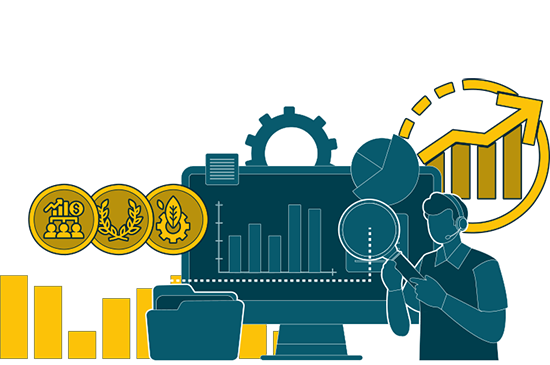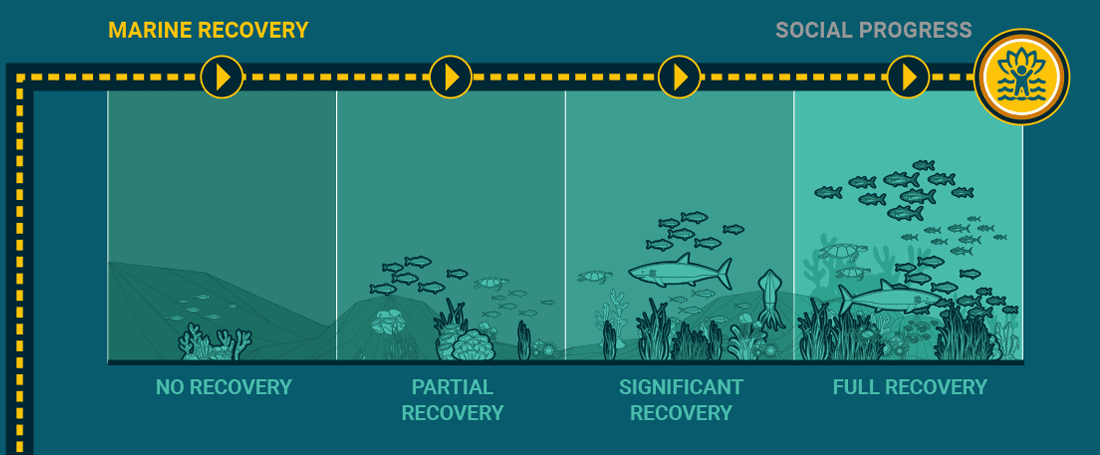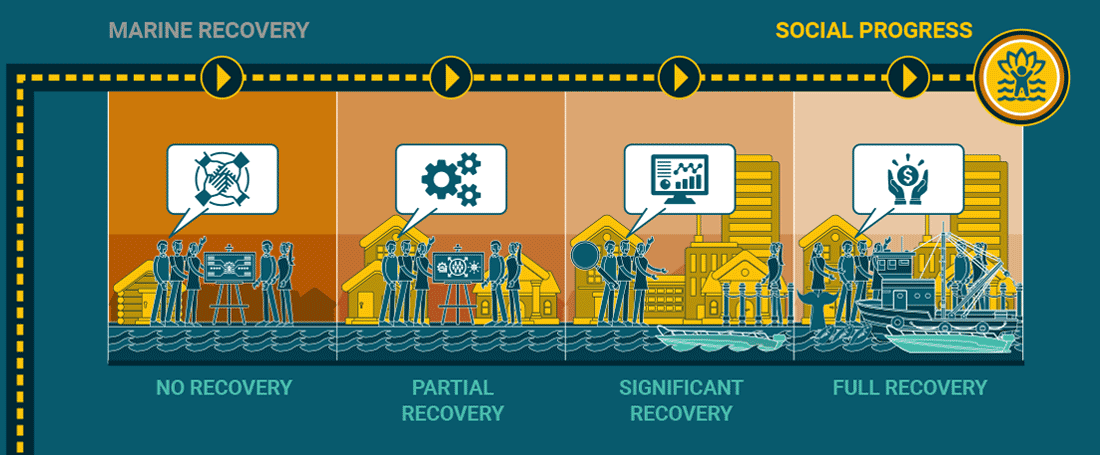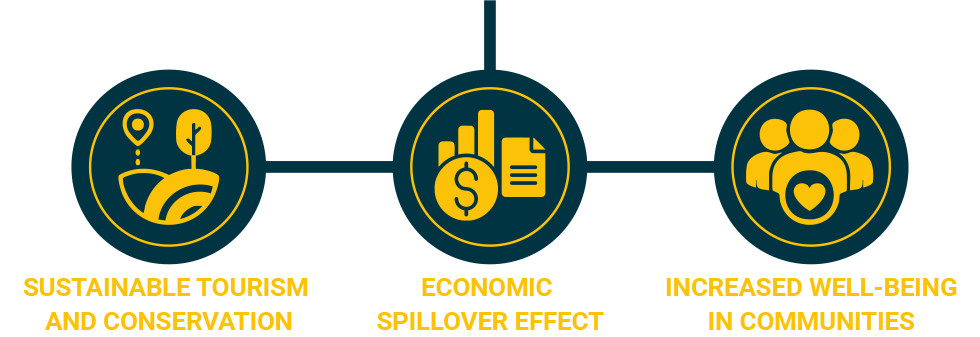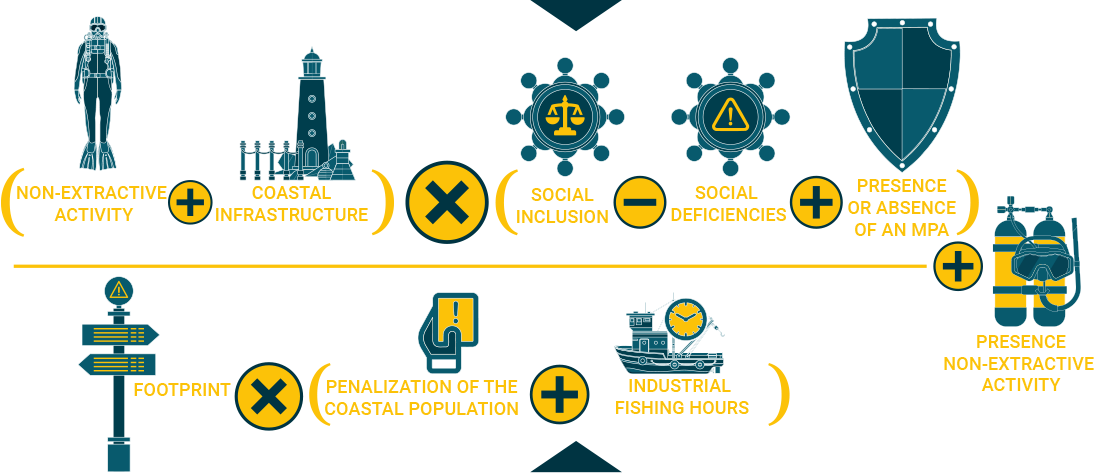
MODEL
X-ray of an MPpAs
MARINE PROSPERITY AREAS (MPpAs)
The MPpAs framework guides the practical implementation of this concept, using standardized methodologies to drive positive change and strengthen resource protection. Its purpose is to generate gradual social, economic, and cultural benefits for communities through enhanced marine conservation.

SUSTAINABLE FINANCING (Cross-cutting Strategy)
This strategy is essential for securing the long-term funding and investment needed to support the entire network. It involves engaging stakeholders dedicated to financing. Although it is the most challenging pillar, it is critical for ensuring that interventions can be effectively implemented, and sustained over time.
COMMUNITY ENGAGEMENT AND CO-DESIGN
The focus is on mobilizing the community and key stakeholders to collaboratively define prosperity and co-design strategies for the sustainable use of marine resources.
CAPACITY BUILDING, GOVERNANCE, AND INFRASTRUCTURE
The goal is to establish the essential building blocks—investing in leadership training for community members, strengthening governance systems, and developing the necessary physical infrastructure.
MONITORING, ENFORCEMENT, AND CO-MANAGEMENT
This phase ensures the effective implementation of a collaborative and adaptive management framework. This is achieved through rigorous enforcement of conservation regulations and continuous monitoring of ecological and socioeconomic indicators.
Full ecosystem recovery takes years to materialize, and the assumption that Marine Protected Areas alone can improve human well-being is often contradicted by socioeconomic realities.








